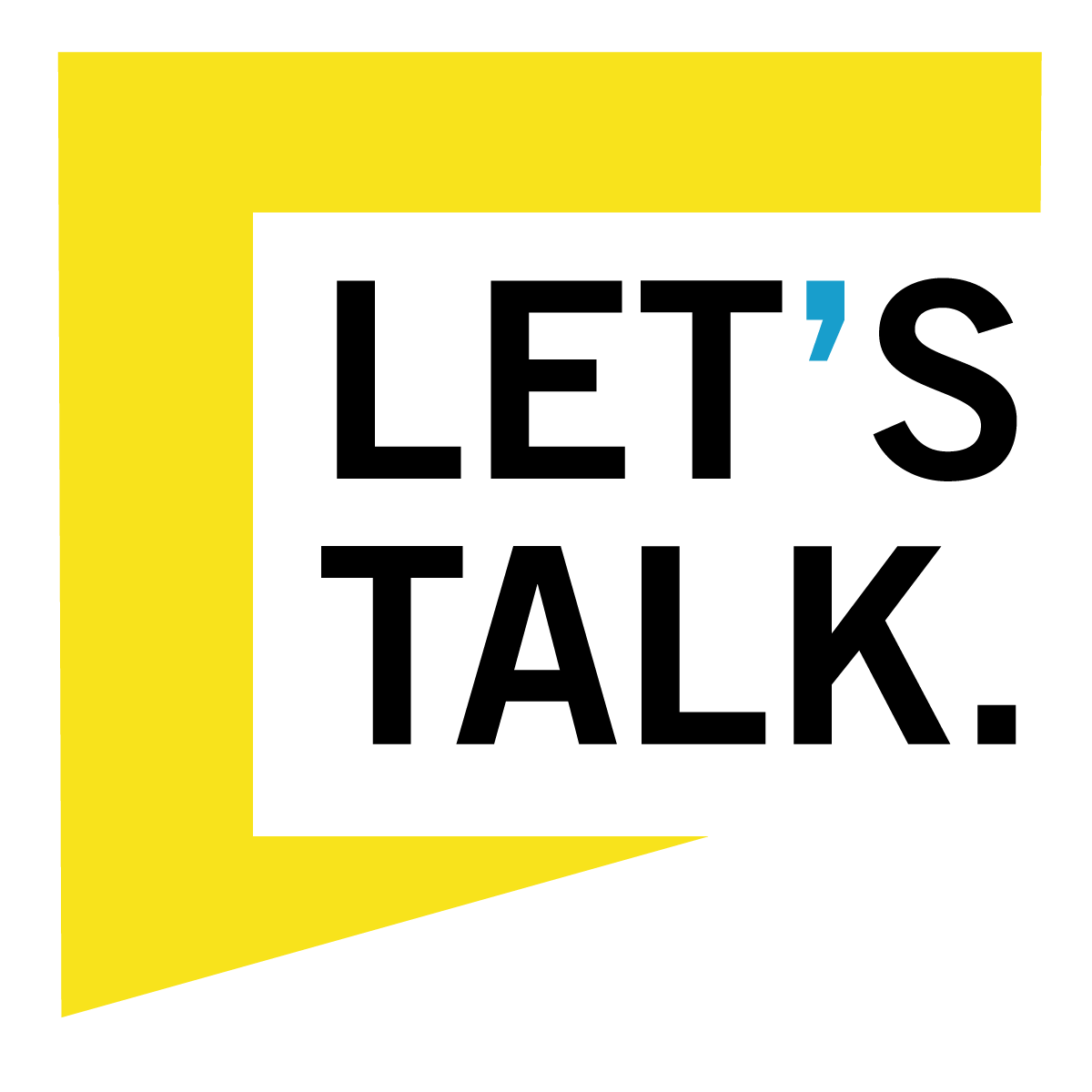THE ADOLESCENT BRAIN
Risk & Opportunity
The teen brain isn’t a fully developed brain, and it won’t be until about age 25. While this sets our kids up for risk taking and some poor decisions along the way, it is also a time of great opportunity in which teens can learn fast, consolidate information, connect emotionally to others, and define themselves on the way to independent adulthood. While the teen brain is often viewed as “incomplete” or “in progress,” it’s actually doing exactly what it was built to do, and if we learn how it works, we can have greater empathy and connection with our kids, and also set ourselves up for greater understanding during those adolescent years. Remember that there are two sides of the coin: Risk and Opportunity. Understand and be ready for the risks, but also know how to use those opportunities to help your child grow.
-
The teen brain is going through a period of rapid development where it can learn and expand at an impressive rate. This is why kids can pick up on new skills quickly, fix your computer, or latch onto a new hobby. All of this learning means that the brain hooks onto ideas fast and hard, and that includes substance use. The teen brain actually reads addiction as a form of learning, and so it “learns” substances faster than the adult brain. But what else can you help your child learn? What else can interest and engage them?
-
The developing brain builds up the skills and knowledge being used, and it cuts away what isn’t being used. This allows it to be the most efficient in excelling at what is important.
But if a teen is “using” the part of the brain that develops addiction to substances, and doing so at the cost of using other parts of the brain (like the parts that read books or do mathematics or interact with peers or play sports), then the brain is shaping around the experiences of substances first and foremost. As a result, it is essentially “losing” these other forms of learning. How can you help your teen use (and keep) their positive learning?
-
The part of the brain that is fully developed is the part that is associated with impulse, emotion, and immediate reactions such as fear and aggression. Some brain scientists suggest that because adolescents act with feeling more than thinking, they may connect more to other people, develop empathy, develop stronger memories, and move towards experiences that have produced positive emotions. But substances activate pleasure centers of the brain, and the brain reads this as a positive memory to be repeated. What else in your child’s work activates pleasure and connection, and how can you help them repeat those experiences?
-
The part of the brain that isn’t fully developed yet, the prefrontal cortex, is the part that controls self-regulation, reasoning, decision-making and planning. These are skills that are critical for navigating decisions about substance use. But it doesn’t mean they don’t have these skills at all! It means they are developing, and you can help them with that. Try asking the questions that help your child follow a path from action to consequences. Don’t tell them what will happen. Ask them to use their own thinking to get there.
-
Risk-taking and youth go hand in hand. Adolescents are busy learning about the world and the roles and responsibilities needed to become an adult. Risk taking can be a way to learn, grow, and move onto new stages of development. But substance use carries serious risks. The part of the brain that loves the thrill of risk is also interpreting that thrill as a reward. And the brain wants more rewards, which in this case means more substances. What are other activities that can give your kid a thrill and test limits a bit, still within safer boundaries?
-
Just because the adolescent brain can sometimes feel like it’s working up the perfect storm, there are opportunities here. You can help your kid get a head start! Parents and caretakers are essential because we are the voice that can help our kid think ahead, learn to regulate emotions, and plan for decisions. It’s important for us to know what’s happening (or not happening) in those brains, but that doesn’t mean that we can’t do anything about it. We can still hold them accountable for unhealthy decisions and behaviors, and help them make better ones. We can also encourage healthy risk taking, like rock climbing or exploring independence through planned outings with friends.
Adolescents Are Wired For Addiction—And For Habit Formation
What fires together wires together. The same brain wiring that drives risky behavior also shapes life-long habits and learning. Here's what's going on under the hood:


